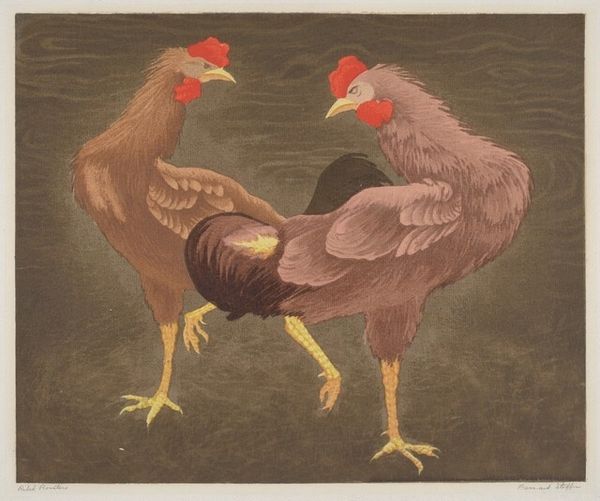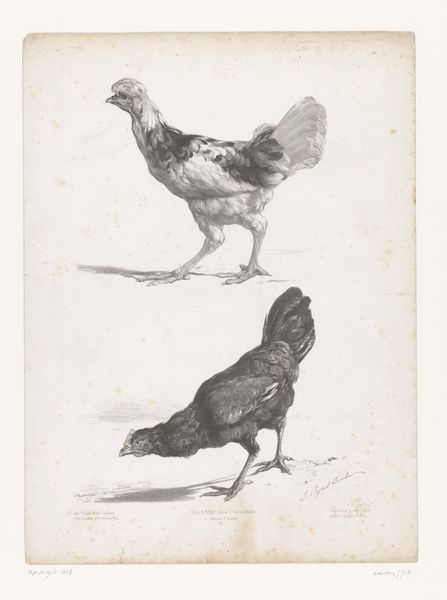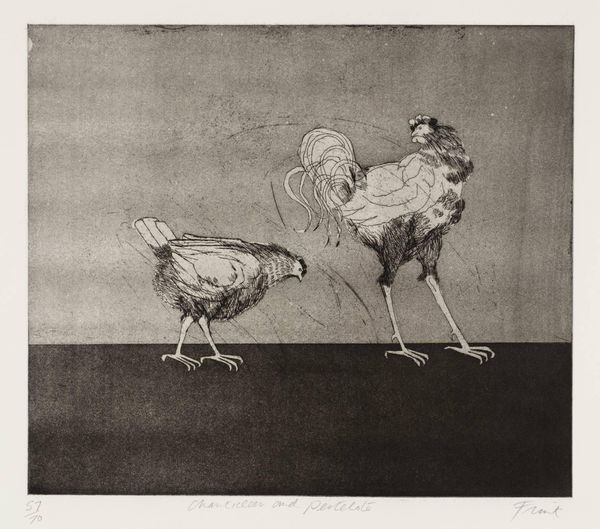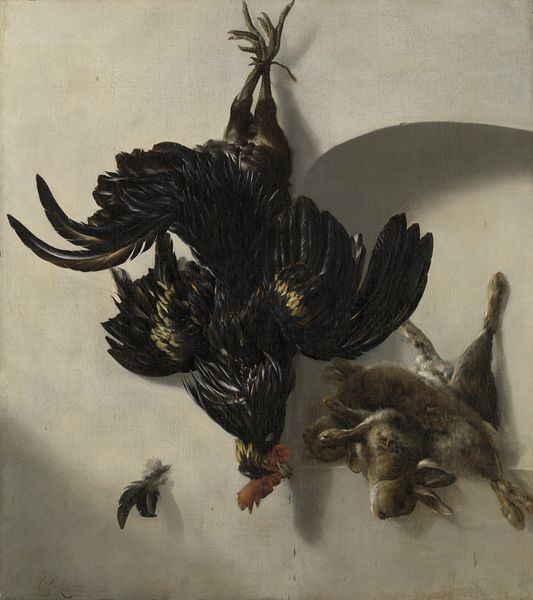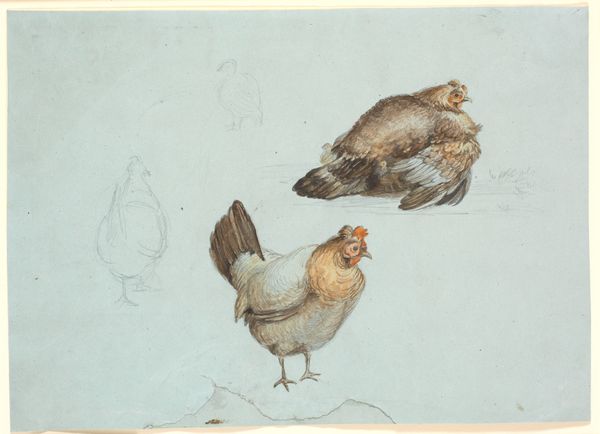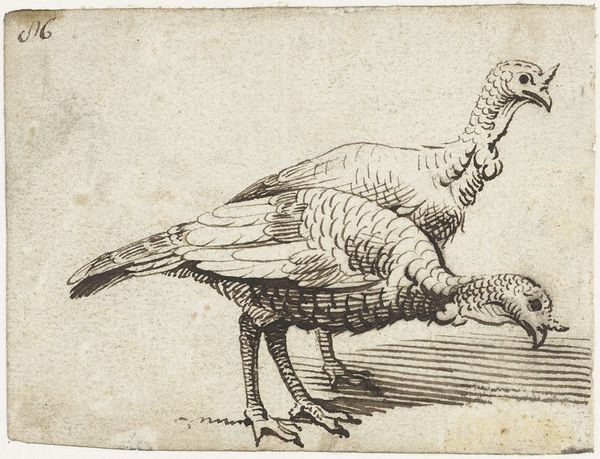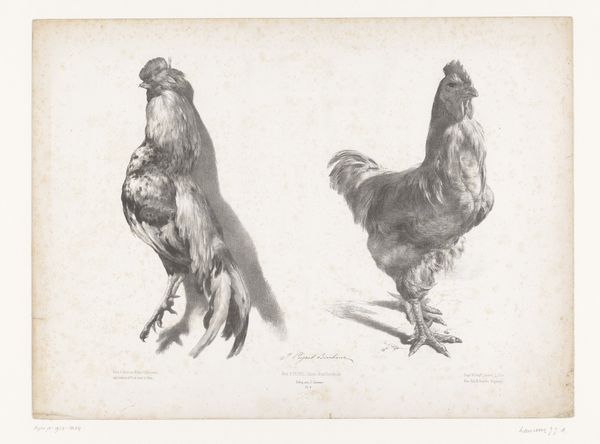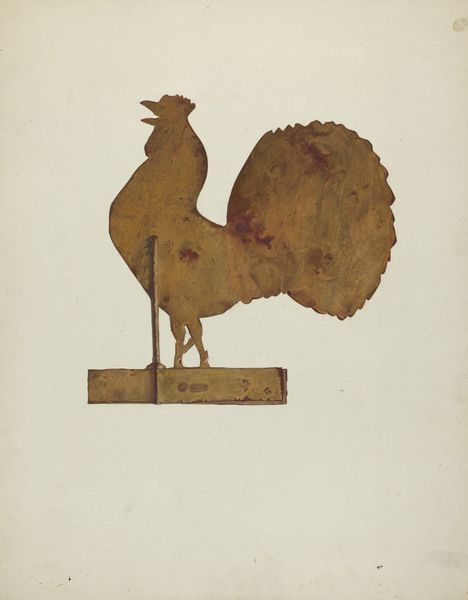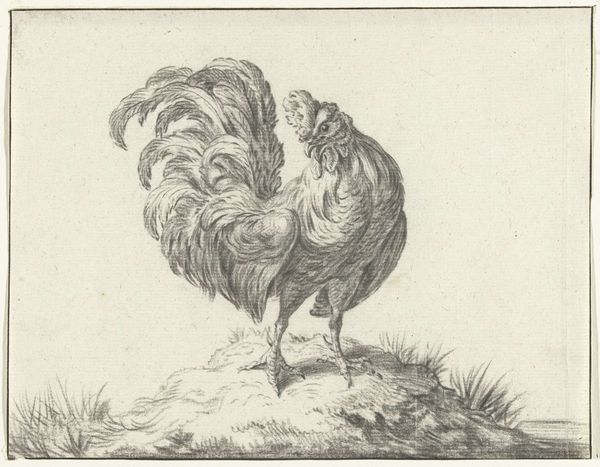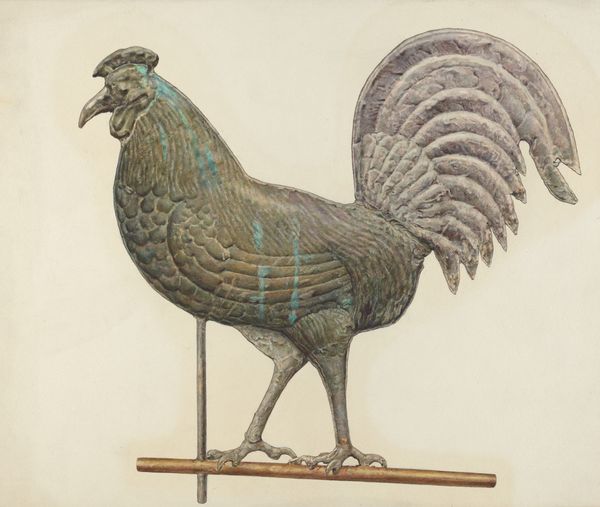
painting, oil-paint, canvas
#
baroque
#
painting
#
oil-paint
#
landscape
#
oil painting
#
canvas
#
underpainting
Copyright: Public Domain
Jan Weenix made this painting of a peacock and a peahen with oil on canvas at an unknown date. It's a work that reflects the cultural values of the Dutch Golden Age. In the 17th century Netherlands, exotic animals like these peacocks were associated with wealth, luxury, and the expansion of global trade. Weenix, like many artists of his time, specialized in depicting such creatures, catering to the tastes of a rising merchant class eager to display their affluence. The precise rendering of textures and details signals the importance of material possessions in Dutch society. These images weren't mere decorations, but also symbols of social status and economic power. To truly understand this painting, we might turn to period inventories, trade records, and social histories. These resources help to reveal how art was enmeshed within the broader cultural and institutional forces of its time. Ultimately, the meaning of Weenix’s painting lies not only in its aesthetic qualities but also in its complex relationship to the social structures of its era.
Comments
No comments
Be the first to comment and join the conversation on the ultimate creative platform.

